Tang Dynasty Pottery Figure of a Guard
Tang Dynasty Pottery Figure of a Guard
Couldn't load pickup availability
Tang Dynasty, c. 618–907 AD, China
An evocative and finely modelled terracotta guardian figure from the Tang Dynasty, powerfully rendered in a commanding stance. Heavily potted and hollow-moulded from reddish-brown clay, the figure is depicted standing erect, dressed in a long-sleeved hooded robe cinched at the waist with a broad sash over voluminous trousers. His hands are positioned as if grasping a weapon—the longitudinal perforation through the right hand confirming that the original armament, now lost, was once inserted there.
The garment’s detailed modelling, with thickened collar and crisply defined hems, reflects the technical mastery of Tang ceramic sculpture. The waist sash is characteristic of Tang court and military attire, a marker of rank and status, echoed in the figure’s composed yet formidable presence.
The face, though softened by age, remains expressive and authoritative, with almond-shaped eyes, defined nose, and arched brows conveying vigilance and resolve. Such guardian figures, or mingqi, were placed in tombs to ward off malevolent forces and ensure the protection of the deceased in the afterlife.
This piece stands as a striking testament to Tang beliefs in ritual guardianship and to the era’s remarkable sculptural realism—an exceptional example of early Chinese funerary art.
Good condition. Intact. Small hole and some nicks and pitting in areas, all commensurate with age. There are traces of the original cold painted white, red and black pigments. Mineral encrustation and earthen deposits. Size approx. 22,0cm x 4,6cm x 4,4cm.
Provenance: British private collection.
References and further reading:
The Matter of Tang Tomb Figures; A New Perspective on a Group of Terracotta Animals and Riders, Lucien Van Valen & Isabelle Garachon, The Rijksmuseum Bulletin, Volume 62. pp. 218-239, 2014.
Dream of Ideal Life in Ancient China: Ceramic Miniatures of Architectures, Household Goods, People and Animals, Aichi.ken Toji Shiryokan, Seto, 2005, no. 14, p. 34.
Antecedents of Sui-Tang Burial Practices in Shaanxi, Mary Fong, Artibus Asiae 51, no:s. 3–4 (1991), pp. 147–98.
Mingqi - Items for the next world, Jan-Erik Nilsson, Gotheborg.com (https://gotheborg.com/glossary/mingqi.shtml)
Immortality of the Spirit: Chinese Funerary Art from the Han and Tang Dynasties Exhibition Catalogue, Jill J. Deupi, Ive Covaci & Leopold Swergold, Immortality of the Spirit - Ephemera. 1, Fairfield University, 2012. (https://digitalcommons.fairfield.edu/immortality_ephemera/1)
The Vibrant Role of Mingqi in Early Chinese Burials, Heilbrunn Timeline of Art History, Heather Colburn Clydesdale, Independent Scholar, The Metropolitan Museum of Art, April 2009. (www.metmuseum.org/toah/hd/mgqi/hd_mgqi.htm)
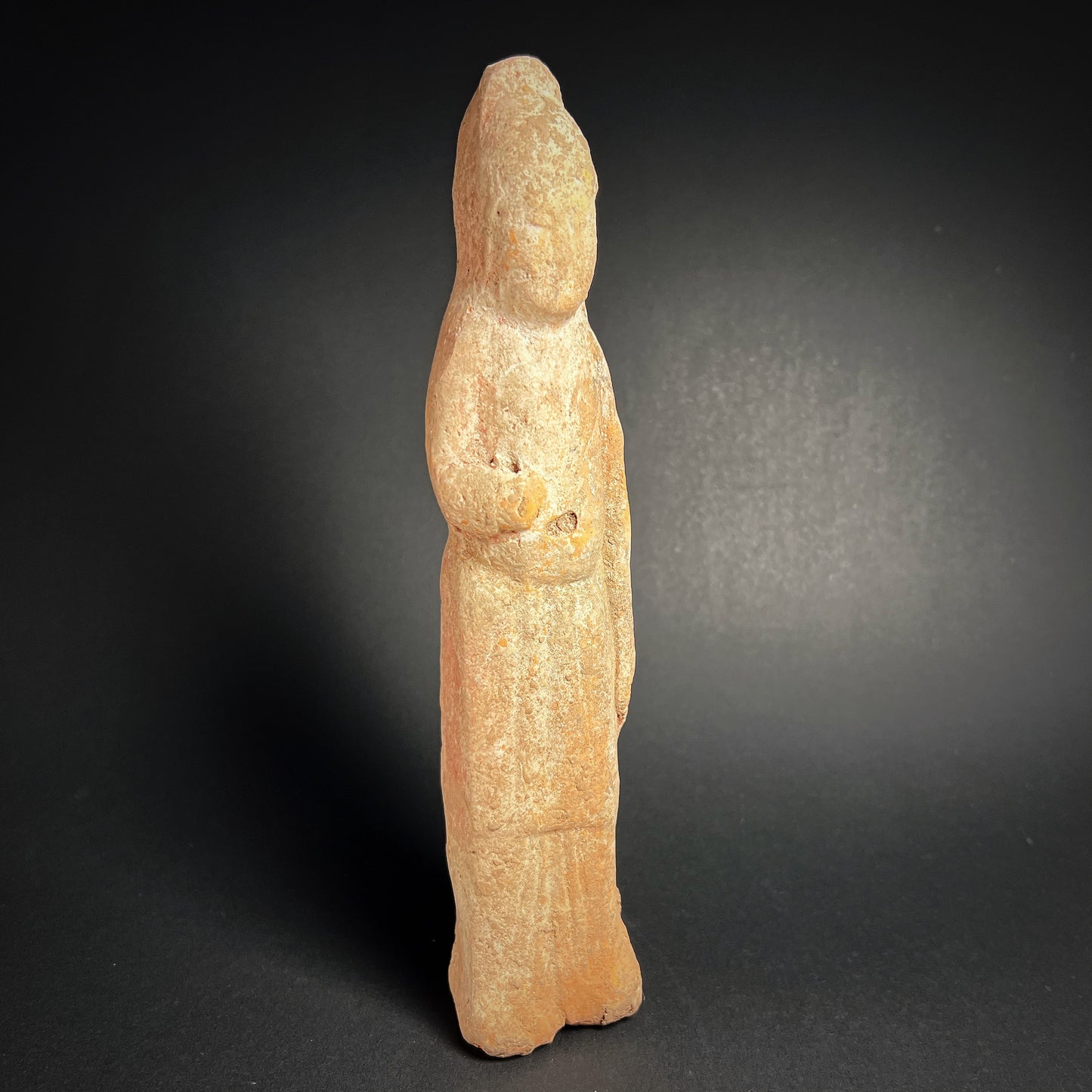
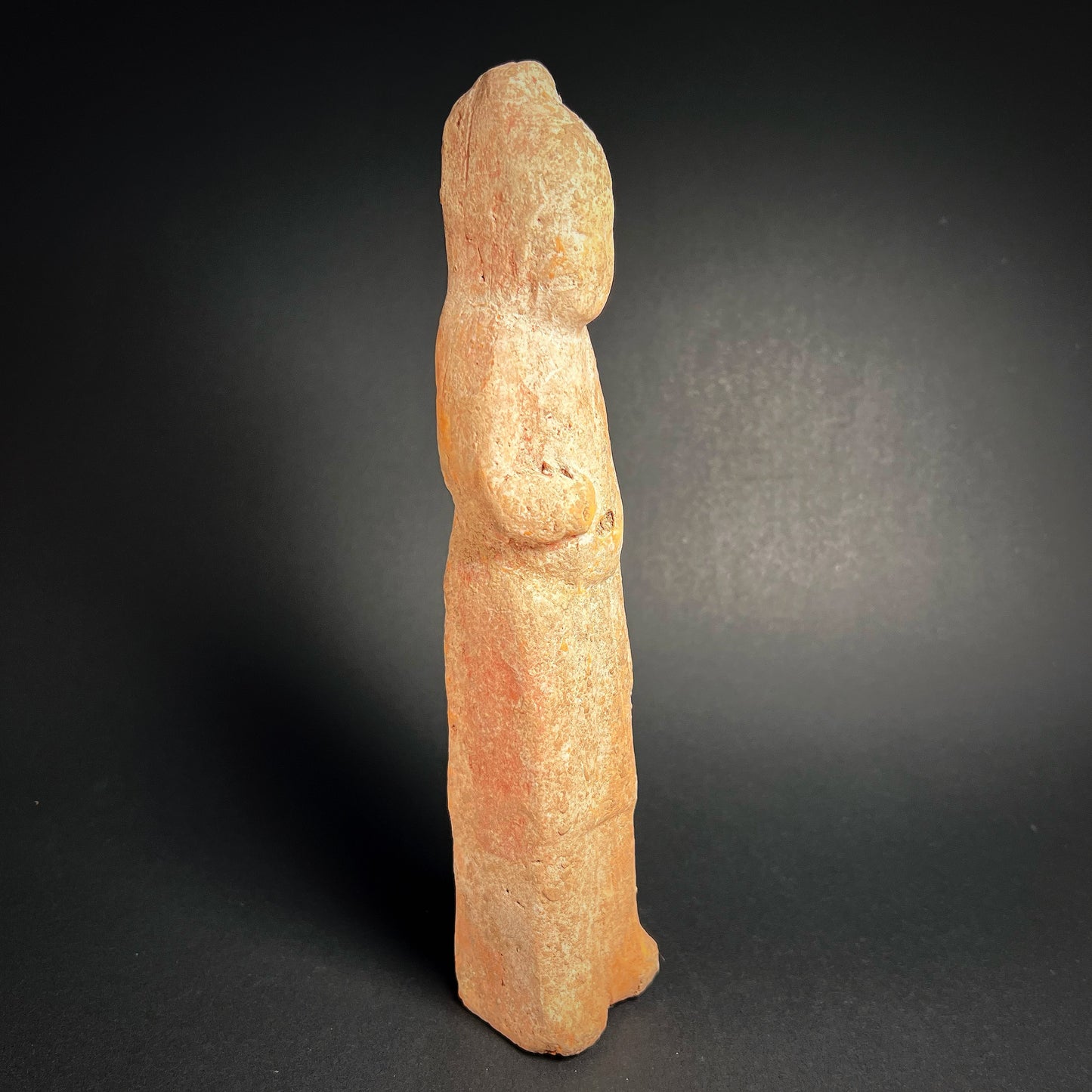
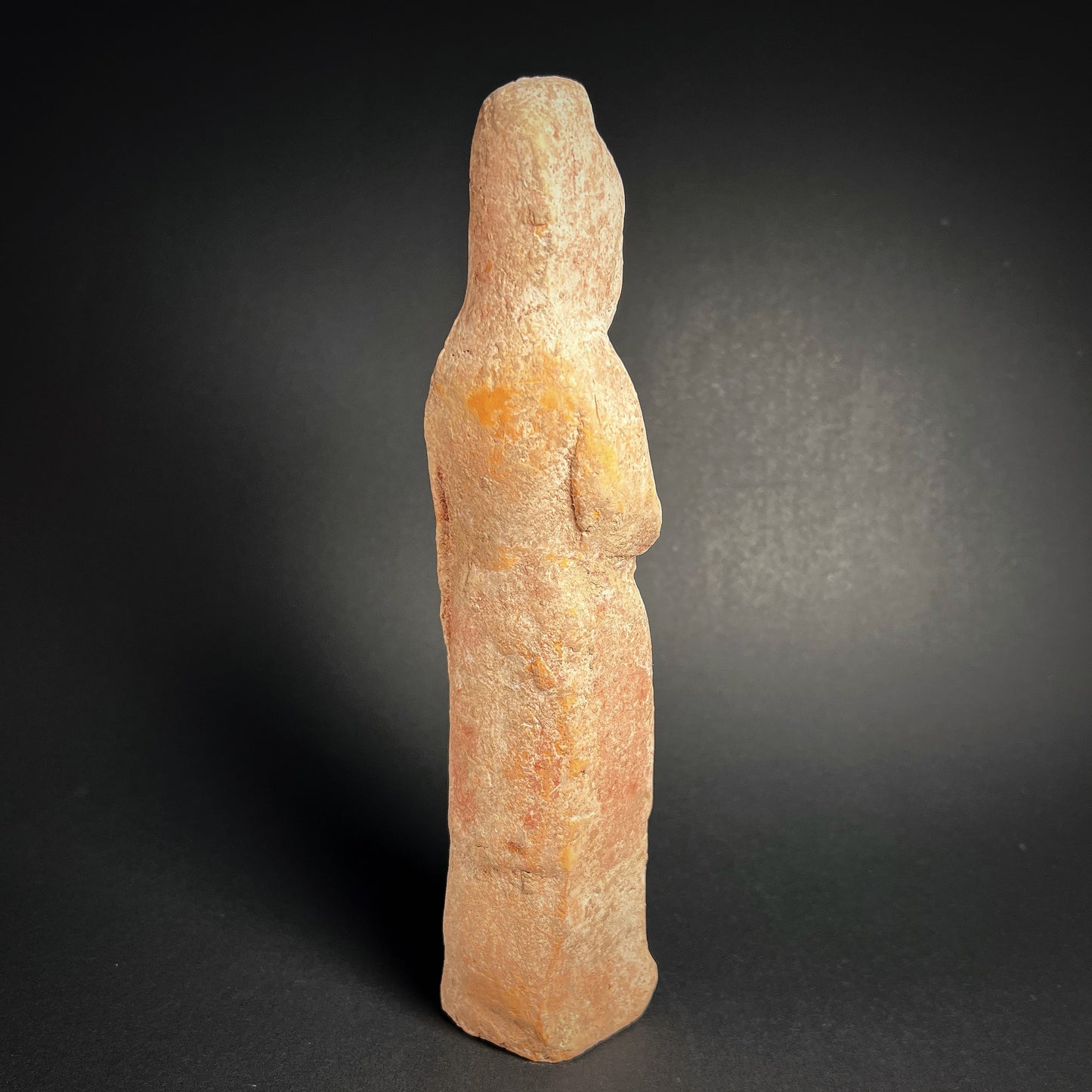
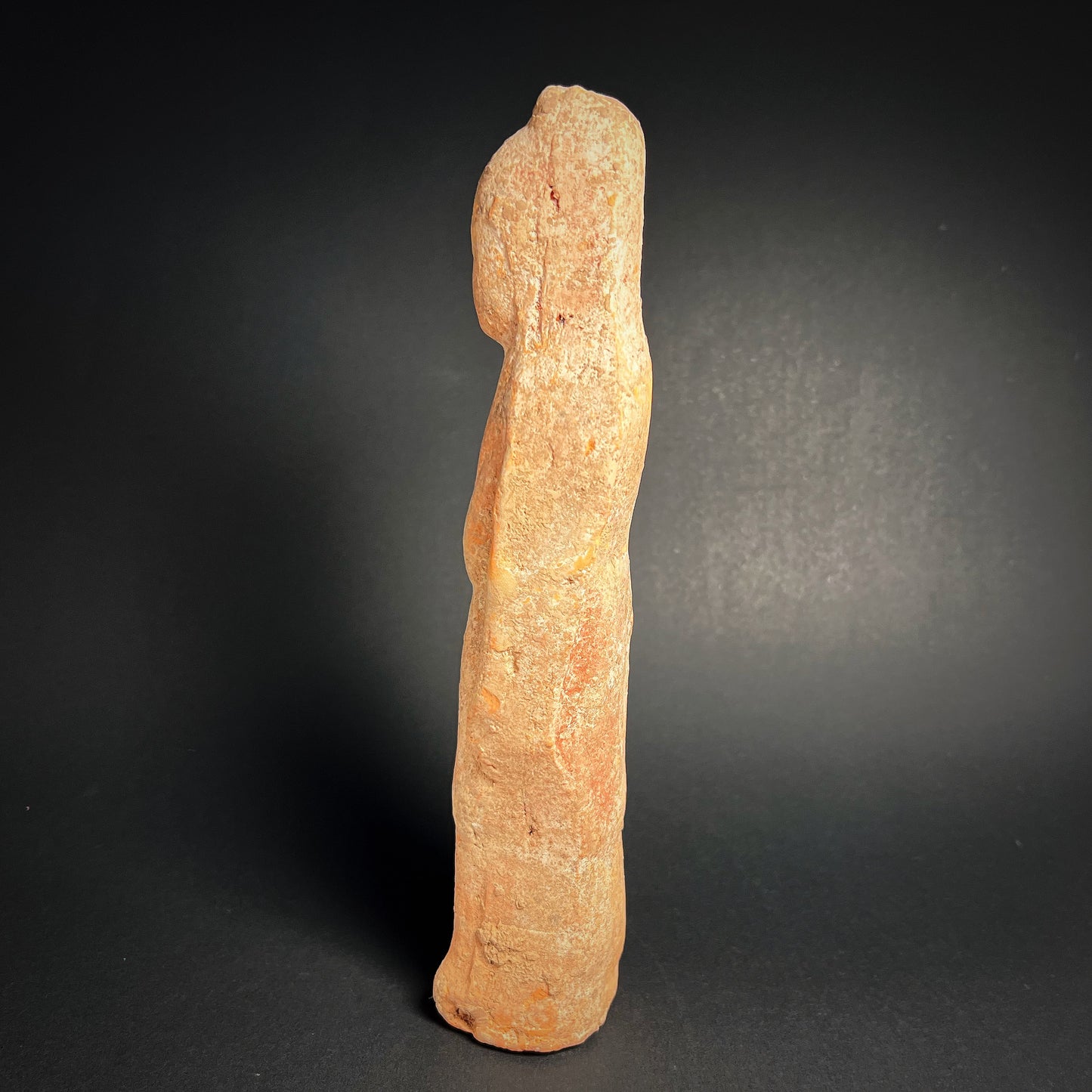
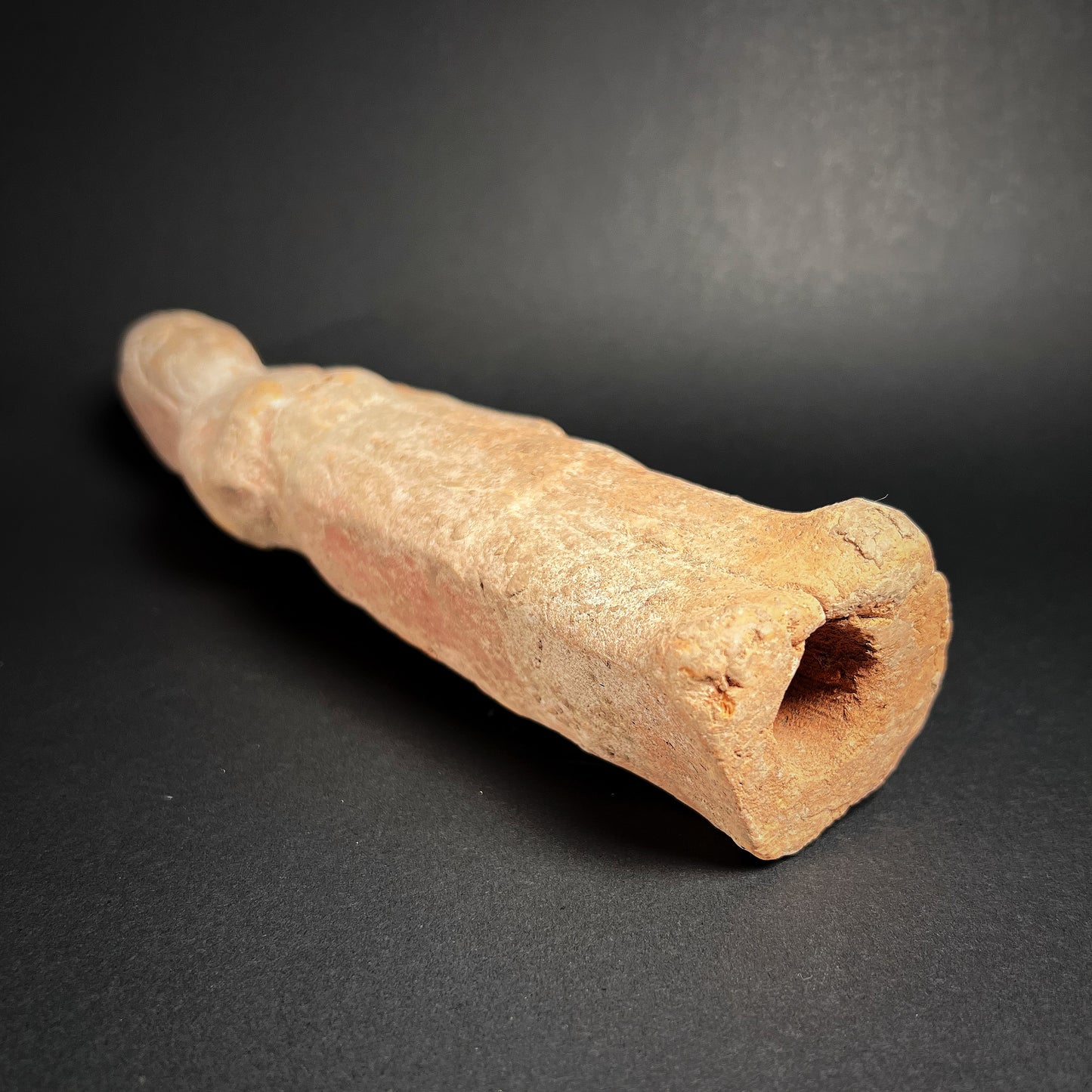
-
Shipping
The shipment will be prepared in the course of 3-5 days and dispatched via Posti Group Oyj or purchased item(s) can be picked up from our shop during the store's opening hours (Tarkk’ampujankatu 4, 00140, Helsinki, Finland). Within the Finland, all items are shipped via Posti Group Oyj unless otherwise requested. We pack the items carefully and mainly in recycled materials because we want to save nature. You will receive the tracking number for your items by e-mail.
-
Returns
Returns and exchange will be accepted within fourteen days (14) of receipt at the purchaser’s cost to include freight and packaging. Items must be returned in the same condition as when they were shipped, and will not be accepted if damaged or altered in any way. Please inform us via email (info@gotanmaailma.fi) or by calling +358408408352 before sending. We do not accept returns more than 14 days after delivery.





